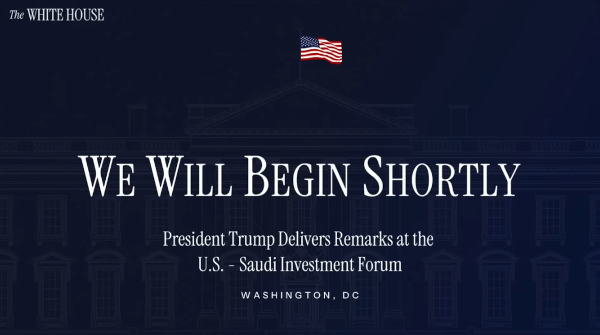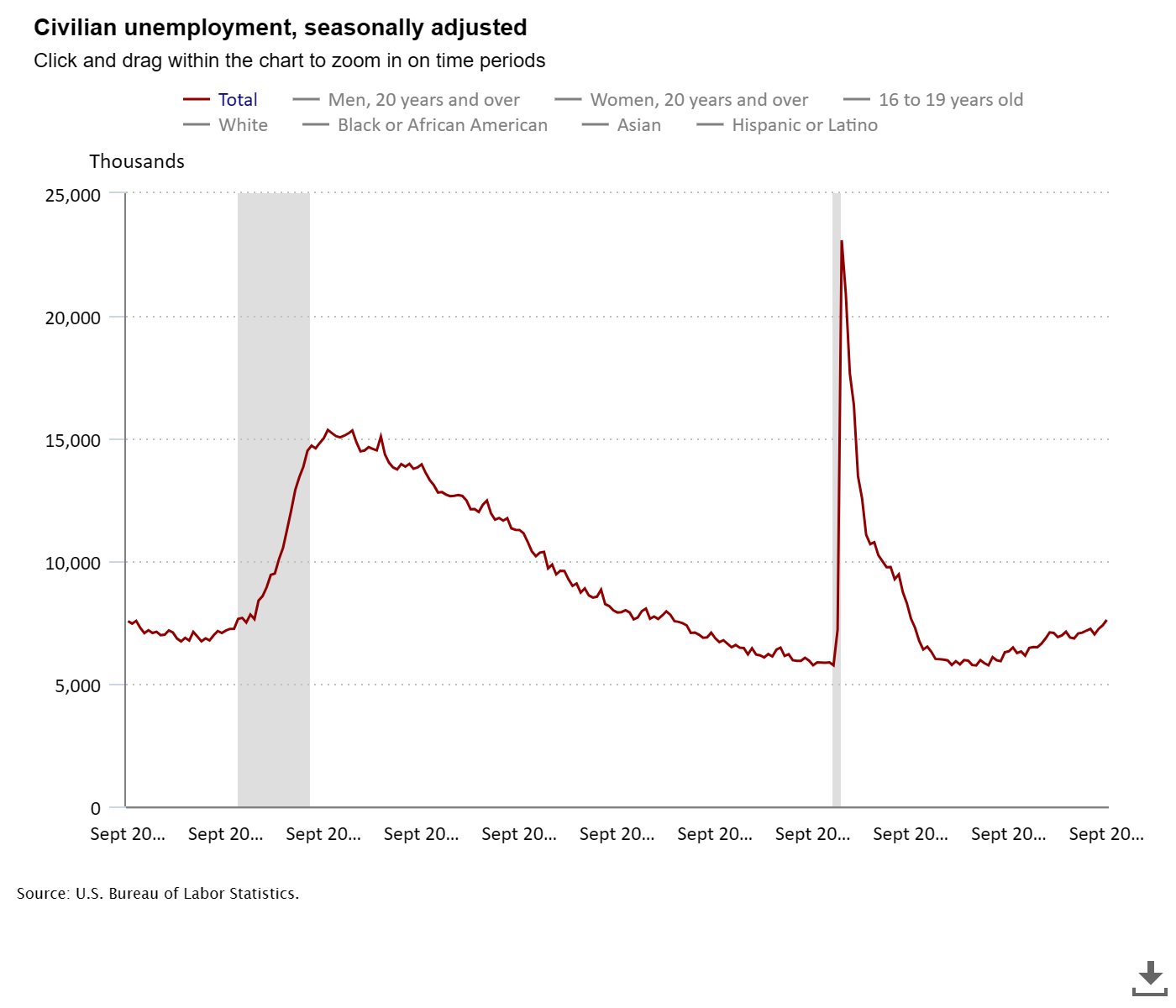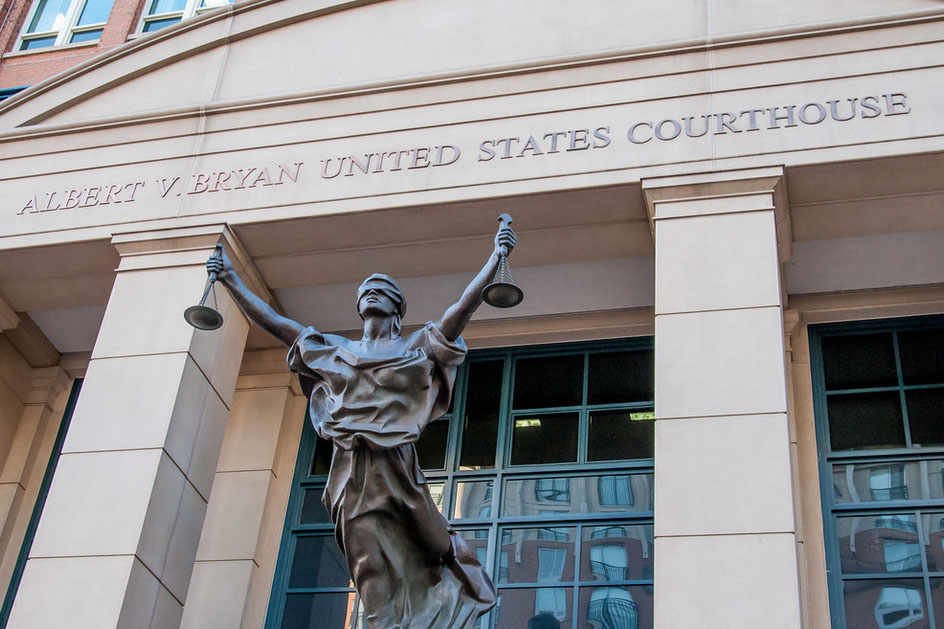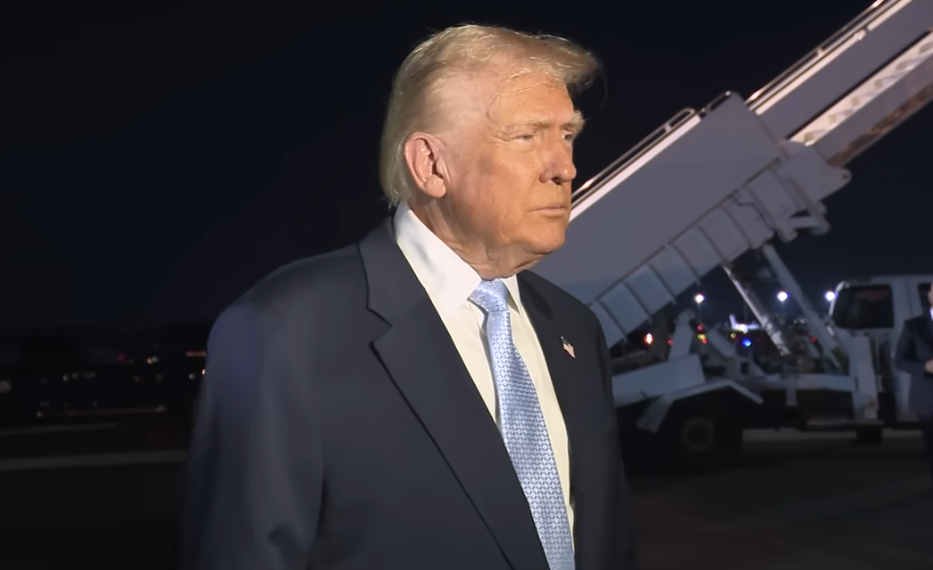Author: Bob Weeks
-
Trump Claims Major Victories While Criticizing Democrats Over Epstein Records
A social media post from Donald Trump employs a communication style centered on polarization, self-elevation, and externalization of blame. It constructs a binary moral landscape in which one political group is portrayed as corrupt, conspiratorial, and perpetually deceitful, while the speaker’s group is framed as uniquely virtuous, effective, and persecuted. Absolutist language reinforces this divide,…
-
Analysis: Texas Congressional Redistricting Preliminary Injunction Order
This is a Memorandum Opinion and Order Granting Preliminary Injunction issued by a three-judge federal district court panel in the Western District of Texas. A preliminary injunction is an emergency court order that maintains the status quo while litigation proceeds. It’s not a final decision on the merits, but it indicates the court believes the…
-
Updated: CDC Autism and Vaccines Webpage
The CDC webpage makes claims about the relationship between vaccines and autism spectrum disorder. The original version of this page stated that vaccines do not cause autism. However, as of November 19, 2025, the page was modified to claim that the statement “vaccines do not cause autism” is “not an evidence-based claim” and that “studies…
-
Fact-Check: Trump’s Claims at the U.S.-Saudi Investment Forum
This fact-check examines major claims made by President Donald Trump during his address at the U.S.-Saudi Investment Forum on November 19, 2025. Each claim is evaluated against available evidence and rated for accuracy. For a summary of the speech, see here. Assistance from Claude AI. Claim 1: Saudi Arabia Committed to $1 Trillion in U.S.…
-

Trump at U.S.-Saudi Investment Forum: Full Breakdown of the November 19, 2025 Speech
Assistance from Claude AI. For a fact-check, click here. Executive Summary President Donald Trump addressed the U.S.-Saudi Investment Forum in Washington on November 19, 2025, announcing that Saudi Arabia has increased its investment commitment in the United States from $600 billion to $1 trillion, with $270 billion in deals being signed that day alone. Trump…
-

Understanding the September 2025 Jobs Report
The combination of modest job creation, rising unemployment, downward revisions to prior months, and ongoing federal job cuts suggests an economy that’s cooling. Whether this represents a healthy normalization after the post-pandemic surge or the early signs of more serious weakness is the crucial question—and one this single report can’t definitively answer.
-

Analysis of Emergency Motion and Opposition in United States v. Comey
These filings reveal a prosecution facing serious questions about its integrity. A magistrate judge who reviewed all the grand jury evidence found sufficient irregularities to warrant an exception to grand jury secrecy—a high bar to clear. The government’s response focuses on procedural delays rather than substantive answers to the most damaging findings.
-
Analysis: Trump and the Press, November 18, 2025
Trump’s relationship with the press is an important issue that touches on democratic norms and the relationship between the executive branch and the press.
-
Trump and Saudi Crown Prince Mohammed bin Salman Announce $1 Trillion Investment Deal, F-35 Sales, and Defense Agreement in Wide-Ranging Oval Office Meeting
Saudi Arabia just raised its U.S. investment commitment from $600B to nearly $1 TRILLION—live, in the Oval Office—catching even Trump off guard. Also announced: F-35 sales, a defense treaty, MBS saying he wants to join the Abraham Accords, and Trump calling the Fed chair “a fool” and “a stupid man.” Plus, a heated confrontation over…
-

RFK Jr. Vows to Investigate Food Allergy Causes at FDA Forum: “We’re Going to Break the Taboos”
Assistance from Caude AI. Summary: At the FDA Food Allergy Research Forum on November 17, 2025, HHS Secretary Robert F. Kennedy Jr. announced major investigations into what he called the “malpractice” of federal agencies for failing to study why food allergies have become epidemic since 1990, while FDA Commissioner Dr. Marty Makary blamed decades of…
-

When Your Congressman Becomes Your News Curator
Representatives who consistently promote far-right news sources over legitimate conservative journalism are not serving their constituents, their party, or the national interest.
-

Fact-Check: Major Claims from Trump’s November 16, 2025 Press Gaggle
Of the seven major factual claims examined from President Trump’s November 16, 2025 press gaggle, none were accurate as stated. Two claims were demonstrably false (grocery prices declining, Venezuela’s prison population), two were significantly exaggerated (immigration numbers, insurance stock performance), two were misleading due to important omitted context (Thanksgiving meal prices, highest inflation claim), and…